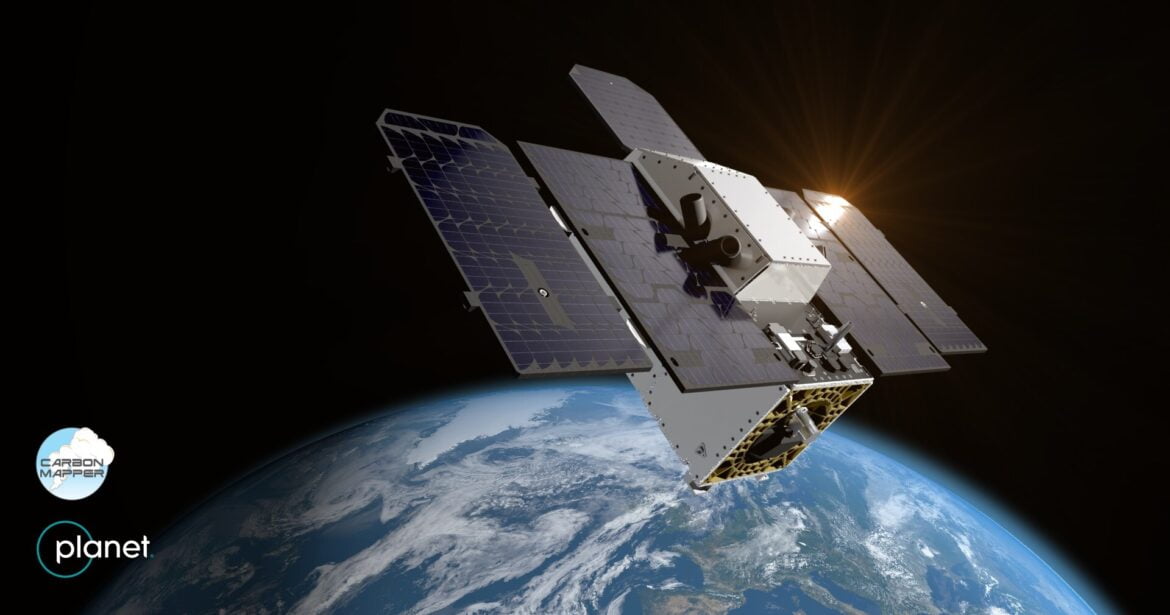The Carbon Mapper Coalition has launched its first satellite, Tanager-1, into orbit to drive action on methane and CO2 super-emitters globally.
Deployed on the SpaceX Transporter-11 Rideshare mission, the satellite was developed by Planet Labs, with technology from NASA’s Jet Propulsion Laboratory (JPL).
It is the first of a series of satellites being developed and deployed through a public-private partnership combining technical, scientific, engineering and policy expertise.
The coalition, founded in 2021 and led by the non-profit Carbon Mapper, includes JPL, Planet Labs, RMI and Arizona State University, with philanthropic supporters including High Tide Foundation, Grantham Foundation for the Protection of the Environment, Bloomberg Philanthropies, Children’s Investment Fund Foundation and Zegar Family Foundation, among others.
Over 20 years, methane is over 80 times more powerful at retaining heat in the atmosphere than CO2, contributing to about 30 per cent of global temperature rise to date. However, Richard Lawrence, Founder and Executive Chairman of High Tide Foundation, noted that a lack of public and private investment in global methane and CO2 monitoring has “left gaps that leave many emissions untracked and unaddressed.”
“There is more momentum than ever to act on climate. But a lack of public and private investment in global methane and CO2 monitoring has left gaps that leave many emissions untracked and unaddressed,” said Lawrence.
Indeed, Michael R. Bloomberg, the United Nations Secretary-General’s Special Envoy on Climate Ambition and Solutions and Founder of Bloomberg L.P. and Bloomberg Philanthropies, said that data from this satellite will “dramatically improve” the ability to pinpoint leaks of methane and CO2 and ensure action is taken to stop them.
“Methane super-emitters represent a disproportionate climate risk and opportunity — contributing up to 20–60% of a region’s total emissions in some sectors. We have shown that finding and fixing these emissions can result in large reductions that, with sustained monitoring, can stay mitigated,” said Riley Duren, Carbon Mapper Co-Founder and CEO.
“Observations from Tanager will enable Carbon Mapper to grow its publicly available data, and this first satellite is an exciting step toward our goal to scale up a full constellation of satellites to detect and track up to 90% of super-emitting sources globally with daily frequency or better,” added Duren.
Carbon Mapper noted that through years of regional demonstration pilots leveraging aircraft equipped with imaging spectrometers it found that nearly half of super-emitting events flagged for state agencies and operators were “previously unknown,” and once identified, were able to be mitigated.
Its methane and CO2 data and insights are available on its public online portal for noncommercial use.



